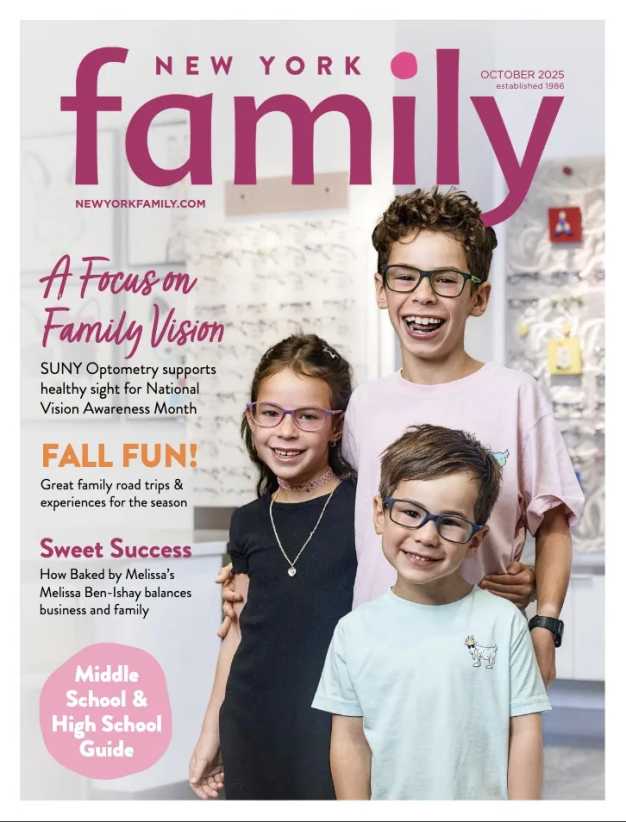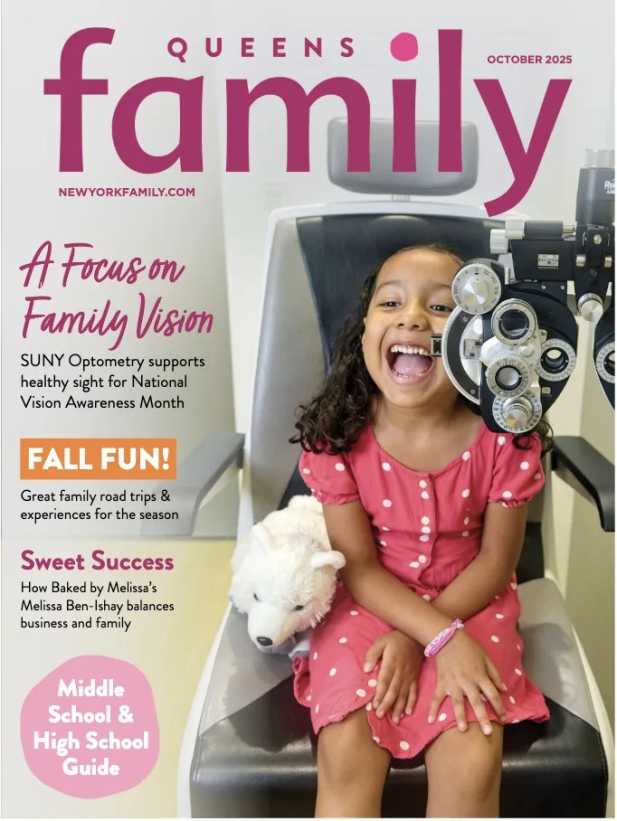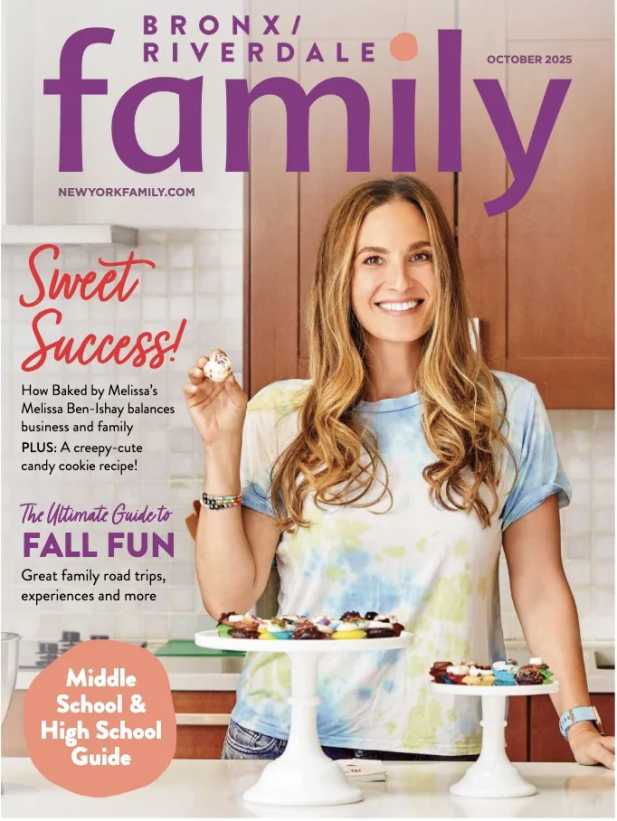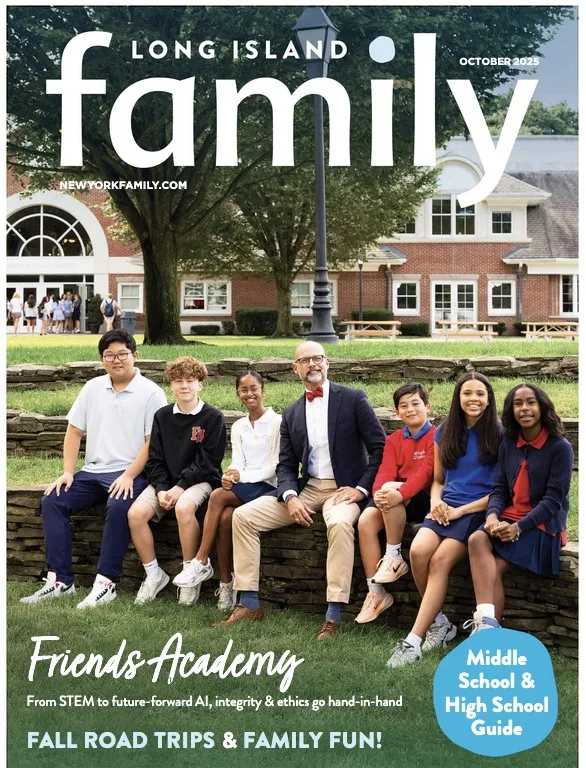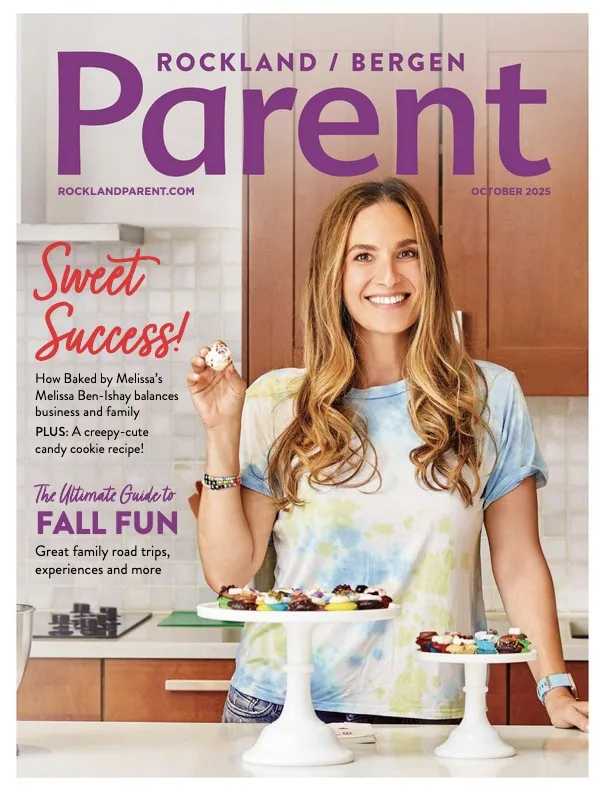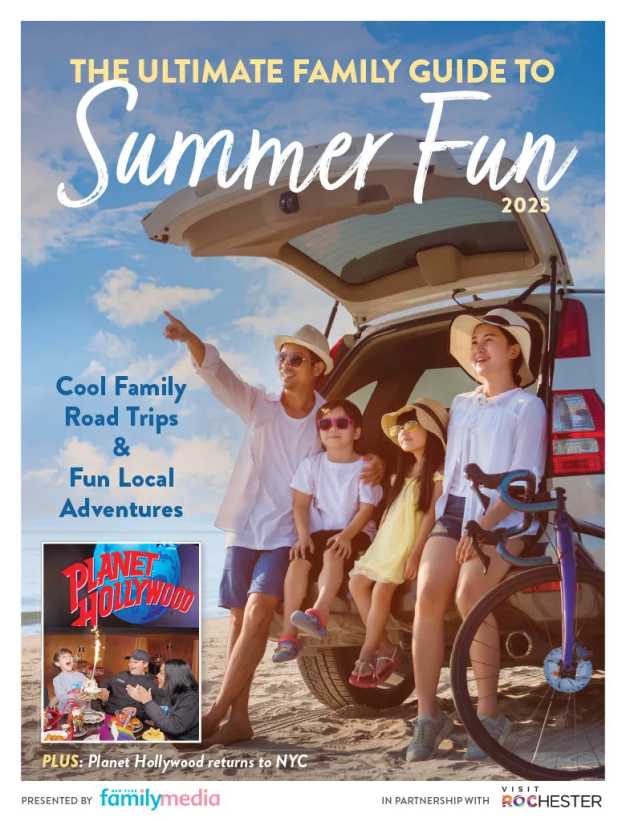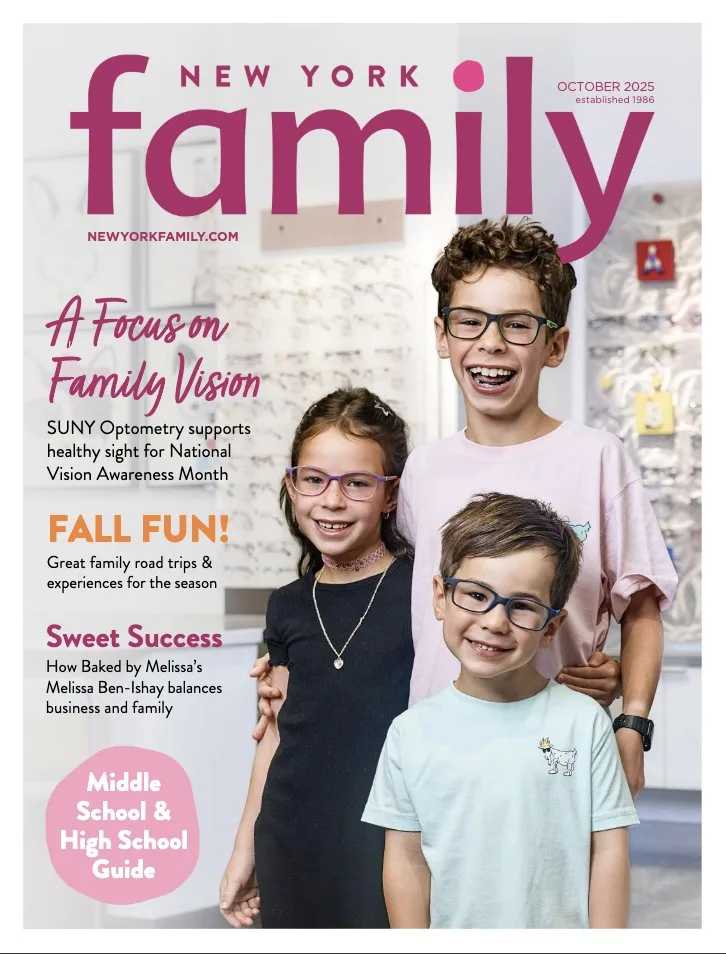Being the
mother to two young children and running a website are both full-time jobs. But
green living expert, Susan Hunt Stevens, finds time to do both while making the
natural a part of her everyday. Her secret? Going green’s not that hard and every little change counts.
After a substantial marketing career for Boston Media, a subsidiary of the New
York Times Company, Stevens created PracticallyGreen.com—a site that encourages
folks with their green-minded progress. She hopes her site, which includes a
user-friendly tracker (like counting calories), can help people see that living
green is a process that doesn’t have to be expensive, difficult or too involved—especially
for busy parents. Here, Stevens shares her tips for families considering green
living.
How
did you get into green living?
My son, nearly two at the time, ate a small piece
of a cashew and went into anaphylactic shock. We became
part of the growing
number of parents whose kids have food allergies. He also had some environmental
allergies, which meant I had to start really reading labels. And so in the process
of reading food labels,
personal care labels, and cleaning product labels, I
would start researching what else was in them. I was
stunned by how many things
were in our products that I didn’t really know. So I really came into it from
the
children’s environmental health side. So I started a blog about the changes
we were making in our lives and
I called it Practically Green— a guide to going
green without going berserk.
What
are a few beginning steps for parents who are considering this lifestyle?
When you look at living a green life overall,
it’s so overwhelming. Just approach it as what’s one thing I can do
today or
this week or this month. What matters is very different to every single family.
It’s about being able to
forge your own path.
1. Get rid
of the toxins. I encourage every parent to do a toxin walk around your
house and look at the
chemicals—things like Raid. Green cleaning supplies have
changed so dramatically in the last five years.
2. Check
out personal care products. This is not something that is regulated. But you can go to the
cosmetics database by
The Environmental Working Group, and you can put in the baby
lotion that you’re using and get back a hazard score. Or you can go onto the
Good Guide and get back a
score on human health the effect on environmental
health and whether the company is socially responsible.
3. Be wary
of “The Dirty Dozen”. A lot of people have tight budgets and don’t have
access to organics, or
can’t buy them completely. I’m with you! Every year, The
Environmental Working Group looks at fruits and
vegetables and how they absorb
pesticides and chemicals that are used in the growing—called “The Dirty
Dozen.”
What that means is that you can’t wash it off, it’s in there, and it actually
changes every year. But
they also have the “Clean 15” that you don’t really
have to buy organic from a human health standpoint.
4. Take
off your shoes. People don’t realize that just this simple step, the
equivalent of washing your hands,
can keep about 80 percent of toxins that
enter your home and your air…out!
You
gave some great advice for parents of infants and new parents. Do you have
different advice for older kids and tweens?
1. Make
lunchtime green. The average quantity of waste that a school child creates
from their lunch per
year is 67 pounds. Basic things like switching to reusable
lunchboxes, reusable sandwich bags, water bottles,
or putting in a little cloth
towel instead of a paper napkin.
2. Explore
a green market. Go to the farmer’s market where they see the carrot with
the green top…they
don’t just come cut up in a plastic bag! I think it’s also
really fun to help them pick vegetables. Kids who get
really involved in
shopping, choosing or helping to grow their food have much better diets.
3. Do a
trash audit. Do it for a week. Go through the bags, see what’s in there and
how can your teens and
tweens start thinking about strategies to reduce your
trash.
4. Embark
on home improvement research. Low-flow faucets and low-flow showerheads can
cost 10 to 15
dollars, depending on what you get. A lot of people might be held
back because they don’t know how to do
it—but put your teenager on the research
and have them learn how to install it. This teaches them life skills.
Bottom
line: As a parent you don’t feel like you have the time to be green—but your
kids do. And they have
fun doing it. It’s a game, really, to get less trash,
use less electricity and save water. And the millennials who
are 18-29 are the
greenest generation there’s been, and I think this upcoming one is going to be
even greener.
What
are your top five green tips for summer?
1. Look at
your sunscreen. Check out your sunscreen on the cosmetics database by The
Environment
Working Group because sunscreen is one of the worst-scoring
products.
2. Eat
local. From now until October is the best time to switch to local organic
produce because you can get
it from farms, farm stands and even Whole Foods.
3. Avoid
frozen treats with additives. A lot of different summer treats for kids,
like ice pops, contain some additives in them: high fructose corn syrup,
preservatives and artificial coloring. Look at the box and make
sure you’re not
selecting things for your kids that say Red 40 or Blue 5—shown to cause
hyperactivity in
children.
4. Think
veggie, re-think meat. You’ll probably be barbequeing and grilling a lot, so
think about your meat
and your meat consumption. Consider going vegetarian for
a day—which can be super impactful for a family
of four. Your food imprint,
particularly driven by meat, is just as important as your transportation
impact. In
New York
where a lot of people use public transportation, not eating meat might be your
must impactful energy decision ever.
5. Ride a
bike. If you were going to take a taxi somewhere, hop on your bike instead.
It’s better for the air,
better for you, and you don’t have the weather
challenges like you do in January!
Plastic
is everywhere, so how can people move away from using it, if they should?
First and foremost, get plastic out of the
microwave. When it says microwave-safe, that doesn’t mean it won’t
leach
chemicals into your food. There are now really good tempered glass options for
plates and cups so that
if a child drops it, it doesn’t shatter.
Should
we be concerned with bedding?
Yes. The place where I think plastics enter
people’s lives and you want to be really aware of is with mattresses,
especially kid’s mattresses. So many are made with foam, and PVC vinyl—which is
a very toxic substance.
So try and avoid it in your kid’s products, like shower
curtains. In your mattress pad covers, choose more
natural covers.
What
about toys?
I think it’s close to
impossible to avoid plastics in toys and electronics but you can limit it. Look
for green toys
that are made from recycled toys and don’t have lead. Instead of
picking a foam puzzle, pick a wood or a
cardboard puzzle.
Many
parents are worried about the high costs of a green lifestyle. Are there ways
to save?
The sticker shock is still a huge barrier to people.
But if you really look at a healthy green lifestyle, you’re
cutting back on
your energy and water usage, and you are changing the way you consume. Also,
look for
vintage, antique or free-cycled items, or choose things that are much
more durable so they last longer.
What
would you say to a family who isn’t able to convert completely?
I’ve been doing this for five years and I’m
nowhere close. Even if it’s just one thing per year; that’s better than zero
things per year. It is a journey that has a different starting point for
everyone. Find those things that personally motivate you. For me it was
environmental health, for other people it might be trash. It might be saving
money. I think everybody just has to feel good about doing the stuff that
they’ve done.
For
more information on Practically Green, visit practicallygreen.com.
A Quick Guide To Green City
Resources
PARENTING
PRODUCTS
Metrominis
821 Park Avenue at 75th Street
BUILDING
MATERIALS
Green Depot
222 Bowery
DRY
CLEANERS
Green Apple Cleaners
92 Greenwich Ave
& 78 7th Ave
(Park Slope)
ECO-MINDED
IDEAS
Inhabitat
Sign up for their free e-news
Green
The
NY Times Energy & Environment Blog
NYC Green Schools
Parents of New
York public schools
ENVIRONMENTAL
PROGRAMS
GrowNYC
Volunteer with this non-profit
